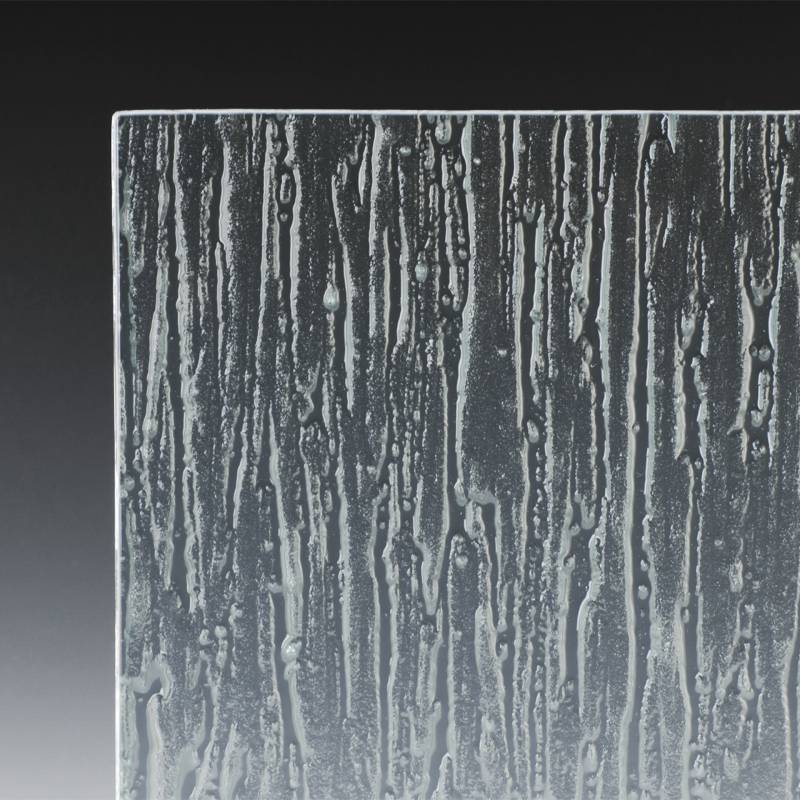What is a Silver Mirror?
A silver mirror is a reflective surface that is produced through a process known as “silvering.” This process involves the application of a silver coating onto glass, resulting in a highly reflective surface that can effectively mirror images. Silver mirrors have been in use for centuries and are appreciated not only for their functionality but also for their aesthetic qualities.
The history of silver mirrors dates back to ancient civilizations, where polished metals, such as bronze or silver, were used to create reflective surfaces. However, it was not until the Renaissance that glass mirrors emerged. The first true glass mirrors were produced in Italy, specifically in Venice, where craftsmen developed techniques to apply thin layers of metallic silver to glass. This innovation significantly improved the quality of mirrors, providing clearer and more detailed reflections compared to their metal predecessors.
The silversmith's art gained prominence, and mirrors became a symbol of wealth and sophistication. The reflective surface of a silver mirror can be attributed to a thin layer of silver applied to the back of a glass panel. This layer reflects light, creating a mirror effect. The silvering process typically involves a few steps
1. Preparation of Glass The glass surface must be properly cleaned and prepared to ensure better adhesion of the silver layer.
2. Application of Silver A solution containing silver nitrate is applied to the glass surface. The silver ions in the solution are reduced to metallic silver through the addition of a reducing agent, often requiring specific conditions including temperature and pH balance.
what is a silver mirror
3. Protective Coating Once the silver layer is formed, it is typically covered with a protective paint or lacquer to prevent tarnishing and damage.
Today, the silver mirror continues to be popular in various applications ranging from household use in bathrooms and bedrooms to decorative pieces in homes and art galleries. Silver mirrors can enhance the beauty of a room by adding light and depth, creating the illusion of space. They are often used in interiors to reflect natural light, making areas appear larger and more vibrant.
However, traditional silver mirrors have some drawbacks. Over time, silver can tarnish due to oxidation when exposed to moisture and air, leading to a decrease in reflectivity and, in some cases, damage to the glass itself. This has led to the invention of alternatives such as aluminum-coated mirrors, which are more resistant to oxidation and provide similar reflective qualities. Nevertheless, many still prefer silver mirrors for their warmth and aesthetic appeal.
In addition to their aesthetic qualities, silver mirrors have practical applications in scientific and technological fields. The high reflectivity of silver makes these mirrors ideal for use in telescopes, lasers, and other optical devices. In these contexts, the specific qualities of silver, such as its ability to reflect a wide range of wavelengths, are crucial for the performance of the instruments.
In conclusion, a silver mirror is not merely a tool for reflection but a blend of art, history, and technology. From its origins in ancient civilizations to modern-day applications, the silver mirror represents both a functional object and a decorative piece that enhances the beauty of our surroundings. Whether used in practical applications or as a statement of elegance in interior design, silver mirrors continue to captivate and serve us in myriad ways.
 Afrikaans
Afrikaans  Albanian
Albanian  Amharic
Amharic  Arabic
Arabic  Armenian
Armenian  Azerbaijani
Azerbaijani  Basque
Basque  Belarusian
Belarusian  Bengali
Bengali  Bosnian
Bosnian  Bulgarian
Bulgarian  Catalan
Catalan  Cebuano
Cebuano  Corsican
Corsican  Croatian
Croatian  Czech
Czech  Danish
Danish  Dutch
Dutch  English
English  Esperanto
Esperanto  Estonian
Estonian  Finnish
Finnish  French
French  Frisian
Frisian  Galician
Galician  Georgian
Georgian  German
German  Greek
Greek  Gujarati
Gujarati  Haitian Creole
Haitian Creole  hausa
hausa  hawaiian
hawaiian  Hebrew
Hebrew  Hindi
Hindi  Miao
Miao  Hungarian
Hungarian  Icelandic
Icelandic  igbo
igbo  Indonesian
Indonesian  irish
irish  Italian
Italian  Japanese
Japanese  Javanese
Javanese  Kannada
Kannada  kazakh
kazakh  Khmer
Khmer  Rwandese
Rwandese  Korean
Korean  Kurdish
Kurdish  Kyrgyz
Kyrgyz  Lao
Lao  Latin
Latin  Latvian
Latvian  Lithuanian
Lithuanian  Luxembourgish
Luxembourgish  Macedonian
Macedonian  Malgashi
Malgashi  Malay
Malay  Malayalam
Malayalam  Maltese
Maltese  Maori
Maori  Marathi
Marathi  Mongolian
Mongolian  Myanmar
Myanmar  Nepali
Nepali  Norwegian
Norwegian  Norwegian
Norwegian  Occitan
Occitan  Pashto
Pashto  Persian
Persian  Polish
Polish  Portuguese
Portuguese  Punjabi
Punjabi  Romanian
Romanian  Russian
Russian  Samoan
Samoan  Scottish Gaelic
Scottish Gaelic  Serbian
Serbian  Sesotho
Sesotho  Shona
Shona  Sindhi
Sindhi  Sinhala
Sinhala  Slovak
Slovak  Slovenian
Slovenian  Somali
Somali  Spanish
Spanish  Sundanese
Sundanese  Swahili
Swahili  Swedish
Swedish  Tagalog
Tagalog  Tajik
Tajik  Tamil
Tamil  Tatar
Tatar  Telugu
Telugu  Thai
Thai  Turkish
Turkish  Turkmen
Turkmen  Ukrainian
Ukrainian  Urdu
Urdu  Uighur
Uighur  Uzbek
Uzbek  Vietnamese
Vietnamese  Welsh
Welsh  Bantu
Bantu  Yiddish
Yiddish  Yoruba
Yoruba  Zulu
Zulu 

